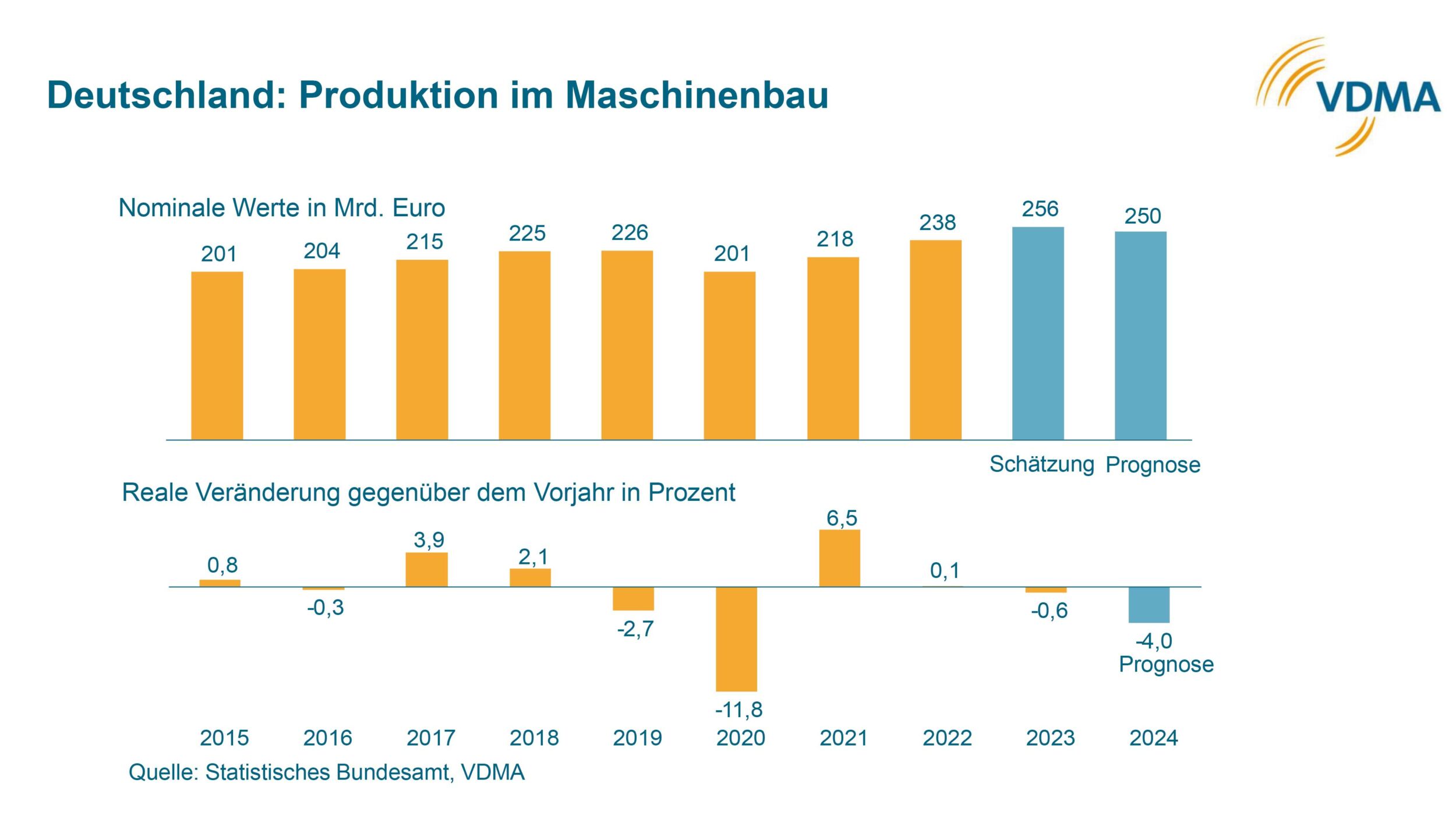
Image 2 | Because of a point spread function all objects present in the volume are both in focus and out of focus at effectively the same time. (Image: TAG Optics Inc.)
No Data Processing
One significant advantage of this type of instantaneous 2D projection is that no data processing is involved to create the 2D composed image. Everything is performed at the hardware level and as such, each camera pixel perceives the summation of the volumetric sweep. However, this methodology does create a drawback: since the image is the summation of an entire volume, when objects are in focus they contribute high contrast information which is then added to low contrast information contributed when the objects is out of focus during the volumetric sweep. The resulting image is one where a small defocus blur can be observed around all elements present in the field of view, similar to a Gaussian blur. This slightly reduces the signal to noise ratio due to the systems elongated point spread functi
on which is generated by the summation of a shallow image that is continuously swept through the volume. However, thanks to the properties of the TAG Lens which uses sound to shape light, compensation through image filters is possible. The TAG Lens is a variable gradient index of refraction lens with a parabolic wavefront that is operated in a closed loop system enabling high stability and fidelity. This enables automatic real-time compensation for any change in temperatures or any other environmental conditions. Moreover, as it operates at frequencies ranging from 70 to over 300kHz, it is highly resistant to vibrations and physical shocks. This stability of operation yields a high degree of predictability and therefore it is possible to create custom image filters enabling specific machine vision capabilities.
Specifically, the continuous knowledge of the system’s specific temporal point spread function can be used to create custom image filters. Such algorithms have the ability to reduce much of the blur by compensating for the defocus effect created by volumetric sweeping, but they can also be used in tandem with other standard machine vision algorithms or even serve as pre-processing steps. Thanks to recent advancement in mobile graphic computing , it is possible to operate these filters in quasi real-time, with internal prototypes reaching refresh rates near 20Hz.
Conclusion
The TAG lens technology results in a simple one camera system which combines the benefits of having a large aperture camera lens (F# <2.0), such as high resolution and large photon collection abilities, while answering the need for large, controllable depth of field. By operating this particular embodiment of the TAG technology along with the latest advancement in graphical processing technologies, it is possible to enable surveillance systems such as traffic monitoring to perform shape, object, or text recognition across both day and night conditions with one optical hardware.












